Water Damage Restoration Process – San Diego CA
When water damage strikes your home, it can be devastating. From burst pipes to flooding, the aftermath can leave you feeling overwhelmed and unsure of where to start. That’s where the water damage restoration process comes in. In this article, we will break down the essential steps you need to take to restore your home to its former glory after water damage.
Step 1: Assess the damage – Start by evaluating the extent of the water damage and identifying the affected areas.
Step 2: Remove standing water – Getting rid of any standing water is crucial to prevent further damage and mold growth.
Step 3: Dry the affected areas – Thoroughly drying the affected areas is essential to prevent mold and mildew from developing.
Step 4: Clean and disinfect – Proper cleaning and disinfection help eliminate any potential health hazards.
Step 5: Repair structural damage – Address any structural issues caused by the water damage.
Step 6: Restore damaged possessions – Salvage and restore your belongings as much as possible.
Step 7: Prevent future water damage – Take steps to minimize the risk of future water damage occurring in your home.
By following these essential steps, you can restore your home and bring it back to its former glory after water damage. Don’t let a water disaster dampen your spirits – take action and get your home back on track.
Understanding Water Damage Restoration
Water damage restoration is the process of mitigating and restoring a property that has been affected by water damage. This could be caused by various factors such as burst pipes, natural disasters, or plumbing issues. It’s important to understand that water damage can cause extensive damage to your home if not addressed promptly and effectively.
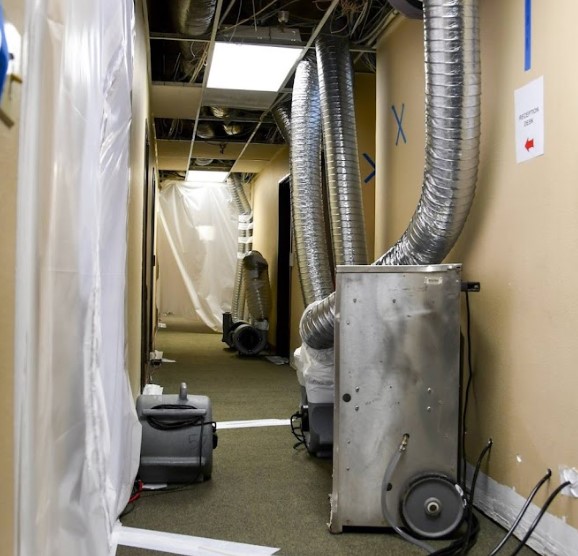
Assessing the Extent of the Water Damage
The first step in the water damage restoration process is to assess the extent of the damage. This involves identifying the affected areas and determining the severity of the water damage. It’s crucial to thoroughly inspect your home to ensure that no hidden pockets of moisture are left behind, as these can lead to mold growth and further damage.
Following the initial assessment of water damage, it’s imperative to promptly address any standing water or excess moisture. This involves employing specialized equipment such as moisture meters and thermal imaging cameras to detect moisture levels within walls, floors, and other structural components. By diligently locating and extracting excess moisture, restoration professionals can mitigate the risk of mold proliferation and structural deterioration. Additionally, thorough drying of affected areas helps prevent secondary damage and ensures a more effective restoration process.
Water Extraction and Drying
Once the extent of the water damage has been assessed, the next step is to remove any standing water from the affected areas. This is done using specialized equipment such as wet vacuums, pumps, and dehumidifiers. The goal is to extract as much water as possible to prevent further damage and minimize the risk of mold growth.
After the water has been extracted, it’s important to thoroughly dry the affected areas. This may involve using industrial fans, dehumidifiers, and other drying equipment. Proper drying is crucial to prevent the growth of mold and mildew, which can cause health issues and further damage to your home.
Mold Remediation and Prevention
Mold can start growing within 24 to 48 hours after water damage occurs. It thrives in moist environments and can cause a range of health issues, including respiratory problems and allergies. As part of the water damage restoration process, it’s essential to address any mold growth and prevent future mold infestations.
Mold remediation involves identifying and removing any mold growth in your home. This may require the use of specialized cleaning agents and techniques. Additionally, it’s important to fix the source of the moisture problem to prevent mold from recurring. This could involve repairing leaking pipes, improving ventilation, or addressing any other issues that may contribute to excess moisture.
Hidden Mold
Addressing hidden mold is a critical aspect of water damage restoration and mold remediation. Mold can proliferate in concealed areas such as behind walls, under flooring, and within ceiling cavities, often unnoticed until it causes visible damage or health issues.
Professional restoration teams employ advanced techniques like moisture detection devices and thermal imaging to uncover hidden mold colonies. Once identified, thorough remediation procedures, including proper containment, removal, and disinfection, are executed to eradicate mold and prevent its recurrence. Furthermore, resolving underlying moisture issues, such as fixing leaks or improving ventilation, is essential to create an inhospitable environment for mold growth and ensure long-term protection against mold infestations.
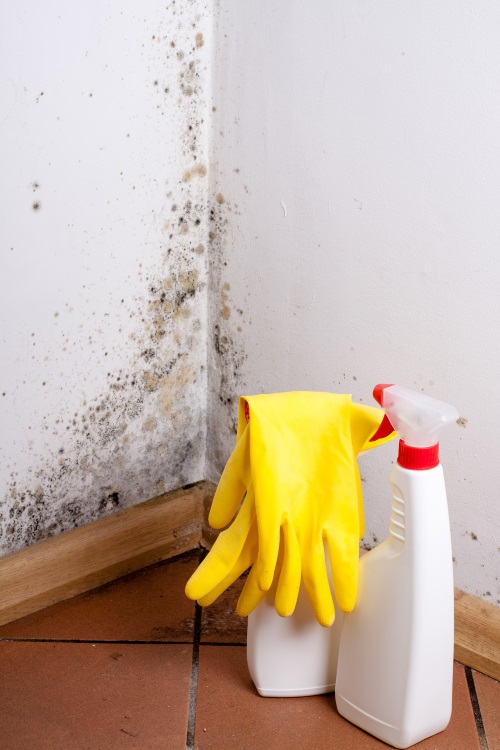
Cleaning and Sanitizing the Affected Areas
After the water and mold have been addressed, it’s crucial to clean and sanitize the affected areas. This helps eliminate any potential health hazards and ensures that your home is safe and hygienic. Cleaning and sanitization may involve using disinfectants, antimicrobial agents, and other cleaning products to remove any contaminants and restore your home to a clean and healthy state.
Repairing and Restoring Damaged Materials
Water damage can cause significant damage to the structure of your home and its contents. As part of the restoration process, it’s important to address any structural issues and restore damaged materials. This could involve repairing or replacing damaged walls, floors, ceilings, and other structural elements. It’s also important to consider the restoration of damaged possessions such as furniture, appliances, and personal belongings.
Documenting the Water Damage Restoration Process
Throughout the water damage restoration process, it’s essential to document the steps taken and the progress made. This documentation is important for insurance claims, as well as for your records. Take photographs and keep a detailed log of the restoration process, including any repairs, expenses, and communication with restoration professionals and insurance providers.
Hiring a Professional Water Damage Restoration Company
While it may be tempting to take on water damage restoration as a DIY project, it’s highly recommended to hire a professional water damage restoration company. These experts have the knowledge, experience, and equipment necessary to handle the restoration process efficiently and effectively. They can assess the extent of the damage, provide the appropriate solutions, and ensure that your home is restored to its former glory.
Furthermore, professional water damage restoration teams are well-versed in industry standards and best practices, ensuring that the restoration process adheres to safety regulations and quality benchmarks. Their comprehensive approach includes not only addressing visible damage but also identifying and mitigating potential long-term issues such as mold growth and structural damage. Entrusting your water damage restoration to qualified professionals not only saves you time and effort but also minimizes the risk of further complications, providing you with peace of mind during the restoration journey.
Insurance Coverage for Water Damage Restoration
Water damage restoration is often covered by homeowner’s insurance policies. It’s crucial to carefully review your policy to grasp the breadth of coverage it offers for water damage incidents. Upon experiencing water damage, swift action is key. Reach out to your insurance provider promptly to kickstart the claims procedure. Maintaining thorough documentation throughout the restoration journey is vital, as this paperwork will be essential when filing a claim.
Choose Your Preferred Restoration Company in California
In California, homeowners have the liberty to select their preferred restoration company, irrespective of the insurer’s recommendations. This autonomy allows you to choose a restoration team you trust and are comfortable with. Prioritizing contact with your chosen restoration company before reaching out to your insurer is advisable. By doing so, you ensure immediate assessment and mitigation of the damage, aiding in the preservation of your property and expediting the claims process. Additionally, involving your restoration company from the outset enables them to accurately document the damage, providing comprehensive information necessary for a smoother claims experience.
By following these essential steps, you can restore your home and bring it back to its former glory after water damage. Don’t let a water disaster dampen your spirits – take action and get your home back on track. Remember to assess the damage, remove standing water, dry the affected areas, clean and disinfect, repair structural damage, restore damaged possessions, and take steps to prevent future water damage. And don’t hesitate to seek professional help from a water damage restoration company to ensure a thorough and successful restoration process. With the right approach, you can overcome the challenges of water damage and restore your home to its former beauty.

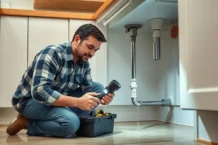
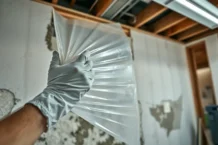
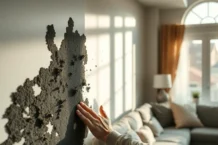

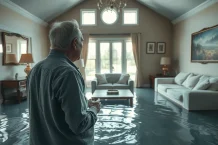
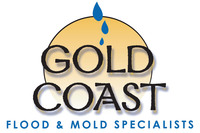


Follow Us!